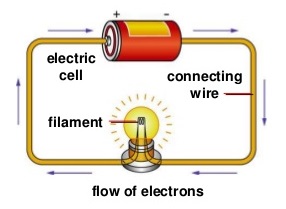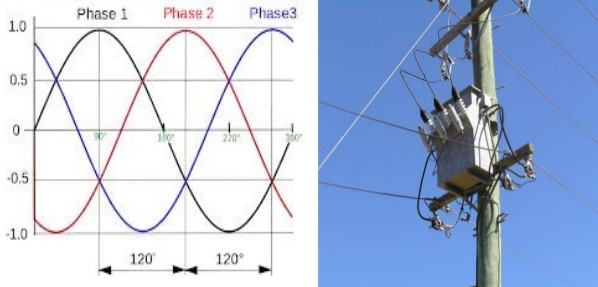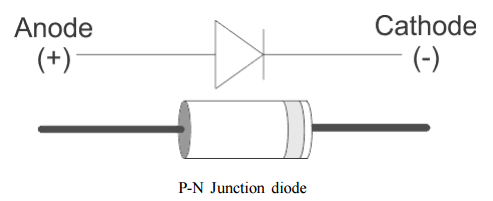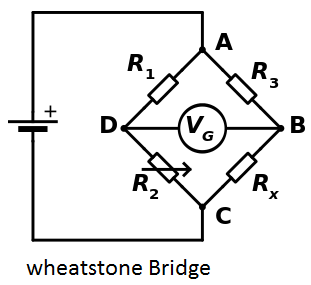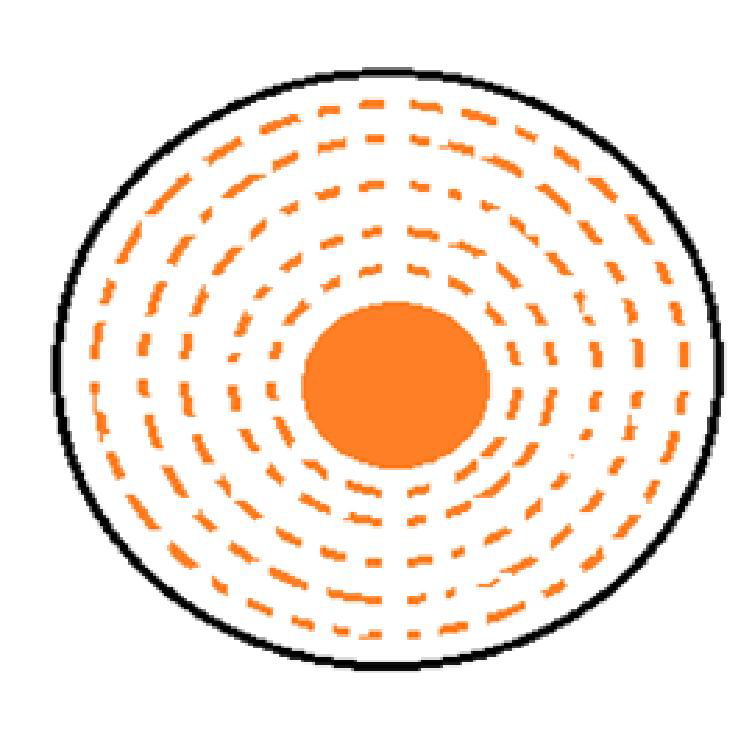What is Electricity? Electricity is a form of energy that can be easily changed to other forms. Electricity comes mainly from 2 sources i.e. Power stations and generators that supply a lot of electricity and normally used in many electrical appliances and industrial
Read More
Single Phase power circuits Single phase electric power or circuit refers to the distribution of alternating current electric power using a system in which all the voltages of the supply vary in corresponding exactly. Single-phase distribution is used when loads are mostly
Read More
What is a Diode? Di+Ode is a semiconductor device with two terminals allowing the flow of current in one direction only, diodes are made up of Silicon, Germanium & GaAs. The perfect diode would be a perfect conductor in one direction (forward bias) and
Read More
What is the Wheatstone Bridge? The Wheatstone Bridge consists of a dc voltage source, four resistors and a detector. The detector is a type of ammeter called a galvanometer. The galvanometer is used to detect the condition ig = 0 .When the circuit
Read More
Electrical functional testing is very important and critical part of any electrical project. Most of the times it is necessary to hire a third party in order to conduct the function testing of electrical systems. Big electromechanical companies are having their own
Read More
The distribution of current throughout cross section of a conductor is uniform only when DC is passing through it. When Alternating Current(AC) is passing through a conductor, the current is non uniformly distributed over the cross section in a manner that the
Read More
